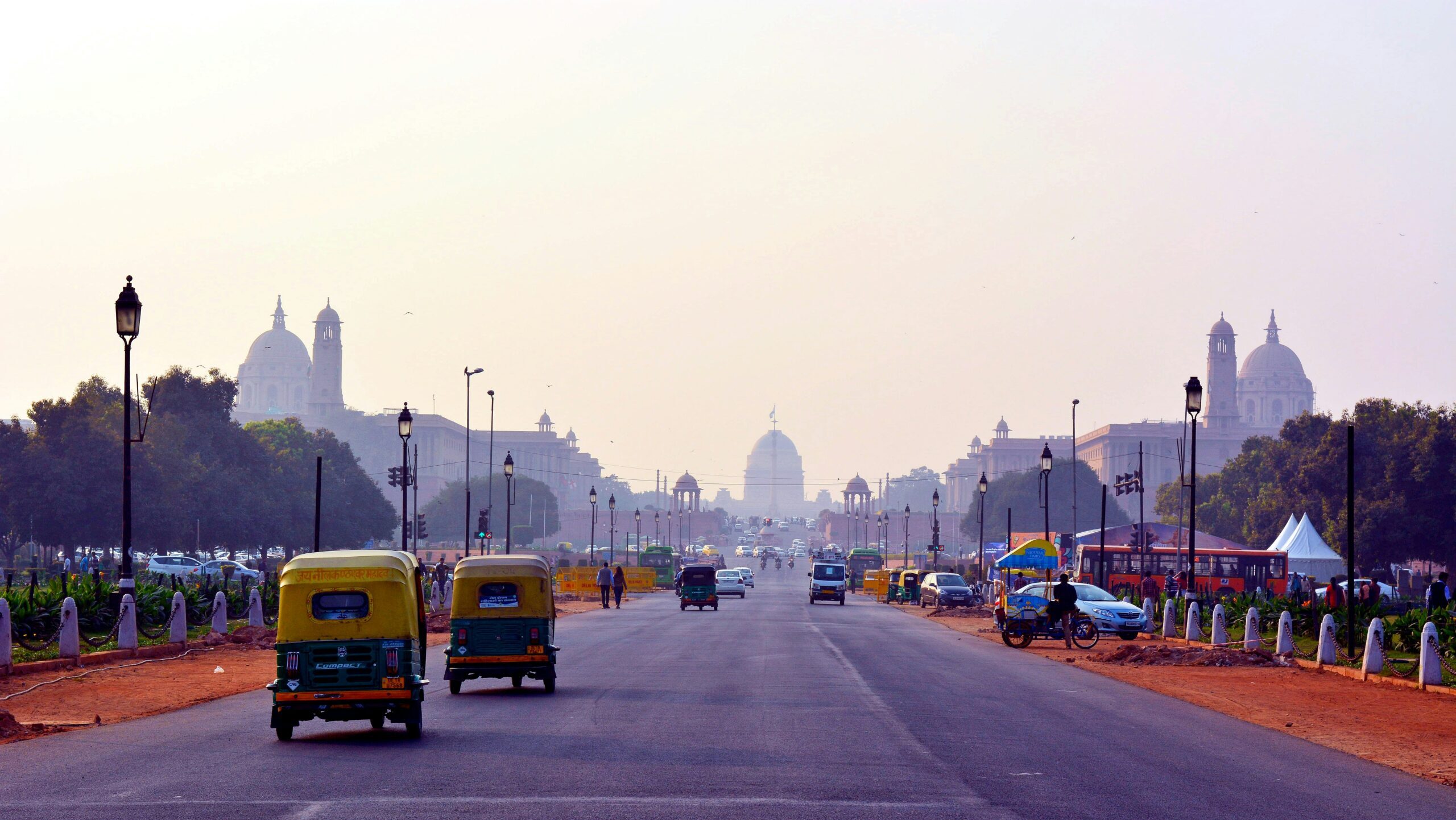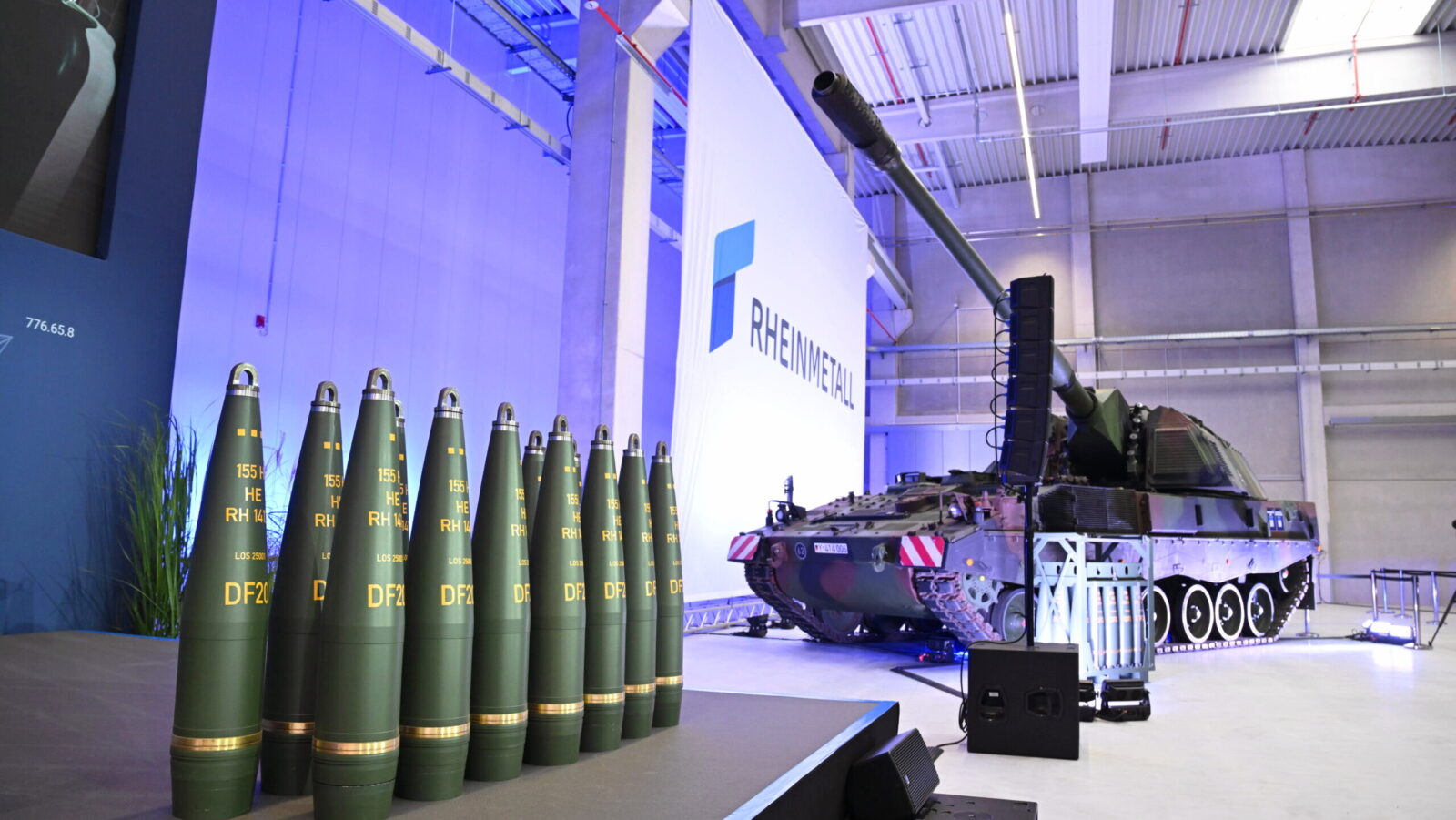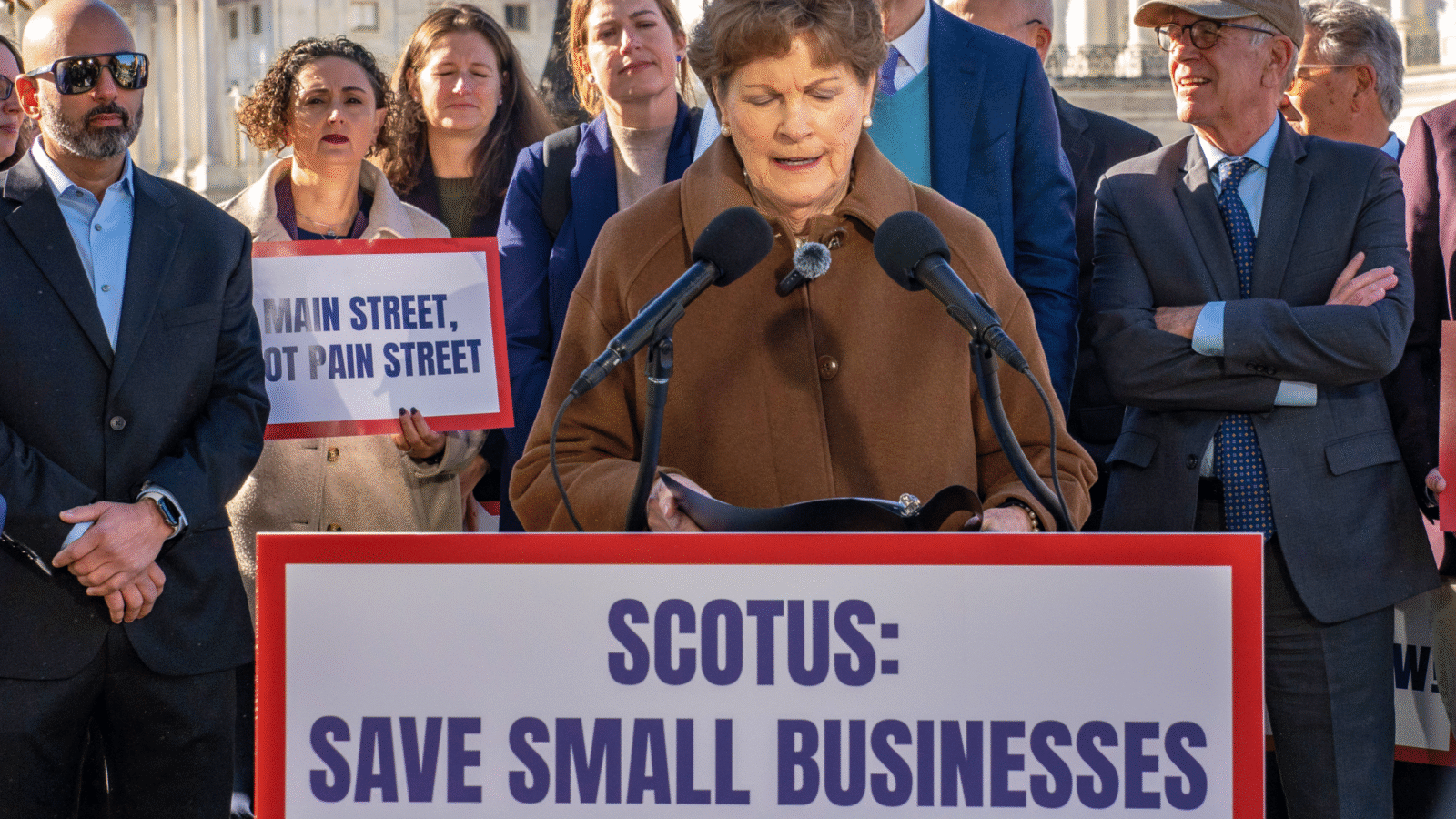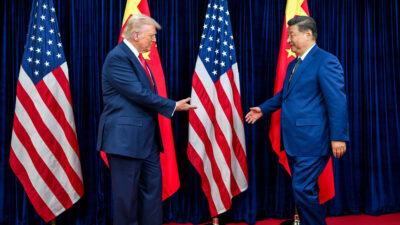US Slaps Crushing 50% Tariffs on India in Proxy Strike at Russia
India now sources 39% of its crude oil from Russia, compared to just 1% before Russia’s invasion of Ukraine.

Sign up for smart news, insights, and analysis on the biggest financial stories of the day.
Beginning in medieval times, foreign traders nicknamed India “The Golden Sparrow” because it exported spices, perfumes, high-end textiles and other luxury goods while asking only for gold in return. That sobriquet, Sone ki Chidiya in Hindi, became embraced at home as a symbol of economic pride.
On Wednesday, US President Donald Trump introduced a sparrow tax: He made good on a promise to slap onerous 50% tariffs on India, part of an effort to pressure Prime Minister Narendra Modi’s government to dial back its trading relationship with Russia.
A Trade Conundrum
Trump has said that the 50% tariff rate — 16% more than what China is facing and applied after an initial 25% rate — is a penalty for New Delhi’s purchases of Russian arms and oil, which the US, fellow G7 countries and other allies have sanctioned over Moscow’s invasion of Ukraine. The sanctions on Russian oil have made it cheaper in recent years, and India now sources 39% of its crude there compared with 1% before the war. Modi’s government has remained defiant, stating that it will purchase energy wherever it secures the “best deal” and take “all actions necessary to protect its national interests.” But the calculus is not so simple.
That’s because one thing in the national interest is having a good relationship with your largest trading partner. For India, that happens to be the US: The two exchanged $131.8 billion in bilateral trade in the 2025 fiscal year, its $127.7 billion relationship with China coming in second. Meanwhile, Trump’s 50% tariff is so high that Japanese brokerage Nomura said it effectively amounts to “a trade embargo.” About two-thirds of India’s $86.5 billion in annual exports are covered by Trump’s new tariffs, enough to devastate some sectors and erase up to a percentage point of GDP growth, according to economists:
- India’s generic pharmaceuticals, electronics, and petroleum products industries are exempt from the tariffs, while aluminum, steel and copper will remain subject to a lower 25% levy. The 50% tariff will target industries such as textiles, jewelry, leather and aquaculture that support massive levels of employment.
- The country’s $179 billion textiles industry shipped out $37.7 billion in exports in the 2025 fiscal year, and the US bought $10.3 billion of those. The New Delhi-based Global Trade Research Initiative (GTRI) estimates US exports in the sectors hit by the tariffs could fall from $60.2 billion to $18.6 billion, a 70% nosedive, while overall exports to America could drop over 40%. That would jeopardize untold numbers of jobs, especially in cities where the 7.1% unemployment rate in June was well above the 5.6% national average.
What Will It Take? The Indian government downplayed the impact of tariffs on local media, citing the country’s increasingly diversified export economy, which includes a growing presence in Asia, Africa and Latin America. The GTRI estimates Indian exports, excluding the US, will rise 5% in the current fiscal year to $368.5 billion. But a simple cost-benefit analysis may bring Modi’s government to the bargaining table. While Indian firms have saved an estimated $17 billion buying cheap Russian oil since 2022, the tariffs could wipe out $37 billion in just the current fiscal year, which ends in March 2026.











